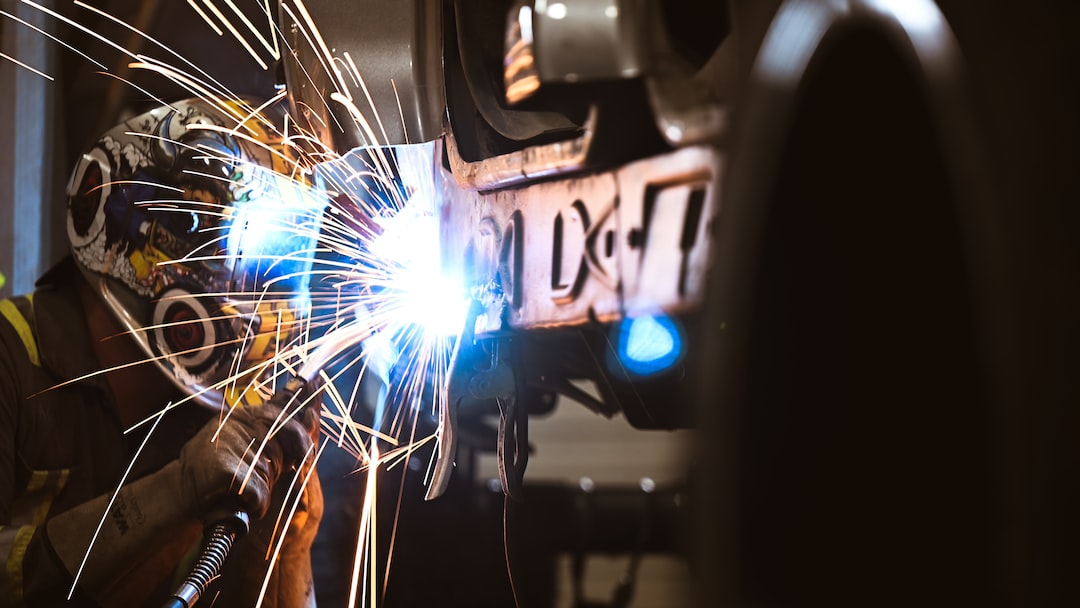Additive Manufacturing: Redefining Product Design and Development
In recent years, additive manufacturing, also known as 3D printing, has emerged as a revolutionary technology that is redefining the way we approach product design and development. With its ability to create complex and intricate structures layer by layer, additive manufacturing has opened up new avenues for innovation, customization, and efficiency across various industries. In this blog post, we will explore the key benefits and potential applications of additive manufacturing and its impact on product design and development.
One of the major advantages of additive manufacturing is its ability to create highly complex geometries that would be otherwise impossible or extremely difficult to produce using traditional manufacturing methods. By building objects layer upon layer, this technology eliminates many of the constraints imposed by traditional manufacturing techniques, such as the need for molds, tooling, or assembly lines. This newfound design freedom enables engineers and designers to imagine and create shapes and structures that were previously unimaginable, allowing for the optimization of product performance and functionality.
Moreover, additive manufacturing facilitates rapid iteration and prototyping, reducing the time and cost associated with product development. Traditional manufacturing processes often involve lengthy design iterations and costly tooling changes, which can significantly delay time-to-market. With additive manufacturing, designers can quickly iterate and refine their designs, making adjustments on the spot and validating their ideas in a matter of hours or days. This speed and flexibility in prototyping open up the possibility of rapid innovation and faster product development cycles.
Another key advantage of additive manufacturing is its potential for customization and personalization. With traditional manufacturing methods, mass production is often the most cost-effective approach, leading to a one-size-fits-all mentality. However, additive manufacturing allows for easy customization and personalization of products, catering to individual needs and preferences. From personalized medical implants to custom-designed consumer products, additive manufacturing enables the production of unique, tailored solutions for every customer.
Furthermore, additive manufacturing offers significant sustainability benefits compared to traditional manufacturing methods. Traditional manufacturing often generates a substantial amount of waste material, as parts are cut, machined, or molded from larger blocks or sheets of raw material. Additive manufacturing, on the other hand, follows an additive approach, only using the exact amount of material necessary to build an object, minimizing waste and reducing the environmental impact. Additionally, additive manufacturing enables lightweight designs, optimizing material usage and reducing energy consumption during transportation.
Additive manufacturing is already making a significant impact across various industries. In the aerospace sector, it is being used to produce lightweight, high-strength components for aircraft, reducing fuel consumption and emissions. In the healthcare sector, it has enabled the development of patient-specific implants and prosthetics, improving patient outcomes and quality of life. In the automotive sector, additive manufacturing is being embraced for rapid prototyping, tooling production, and even the production of end-use parts.
Looking ahead, the potential applications of additive manufacturing are vast. From construction and architecture to fashion and food, this technology is poised to revolutionize multiple industries, fundamentally changing the way we design, produce, and consume products. As the technology continues to advance and become more accessible, we can expect to see increased adoption and integration of additive manufacturing in the mainstream manufacturing ecosystem.
In conclusion, additive manufacturing is reshaping the landscape of product design and development. With its ability to produce intricate geometries, facilitate rapid iteration, enable customization, and promote sustainability, this technology offers numerous benefits over traditional manufacturing methods. As industries continue to embrace additive manufacturing, we can anticipate a future where product design and development are more innovative, efficient, and tailored to individual needs. Embracing this technology will be essential for companies and designers who want to stay ahead of the competition and drive the next wave of innovation.


